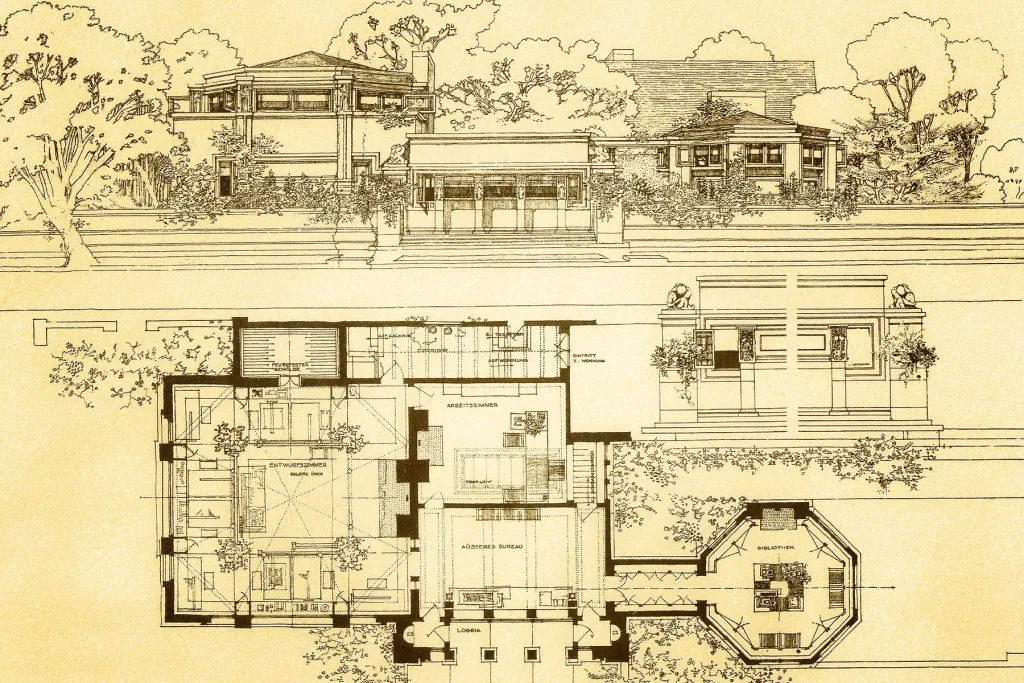
The first entirely synthetic plastic was Bakelite, the trade name for phenol-formaldehyde or phenolic resins. Dr. Leo Baekeland patented it in 1907 and founded the American General Bakelite Company in 1910 to put his invention into commercial production. The company became the Bakelite Corporation in 1922, and the Union Carbide and Carbon Company took over in 1939.

Product design material
Baekeland’s creation of the Bakelite Corporation of Great Britain in 1922 also impacted Europe. Although initially laminated phenolic resins were used to manufacture gears, Bakelite emerged as an essential new product design material.
This followed the expiry of the Baekeland patents in 1927 when many new variants of phenolic resin became available under various trade names. This new competition forced prices down and also produced brightly coloured variations of a material that had previously been black or dark brown in appearance.

Smooth, light, durable
In the United States, many industrial designers were enthusiastic about the smooth, lightweight, and durable shapes quickly produced using the new resins.
For example, Raymond Loewy used Bakelite to emphasise the smoothly rounded casing effect for his celebrated 1929 design for a Gestetner duplicating machine.
Bakelite was displayed at the 1933 Chicago Century of Progress Exposition, keeping the product in the public eye.
Bakelite Products
In Britain, Bakelite also had extensive currency, especially in the innovative radio cabinets E. K. Cole Ltd. produced, such as the rounded shape of the Wells Coates-designed Model AD65 radio (1934) and Serge Chermayeff’s elegant Model AC74 radio.

As in the commercially successful French outdoor café range launched in 1932, Manufacture d’Isolants et Objets Moulés also used phenolics in furniture production. After their introduction in the years before the First World War, phenolic laminates were used in various applications for several decades, from decorative panels to clothing fabrics.
Bakelite costume jewellery
Bakelite jewellery became popular in the 1930s due to its use by prominent designers such as Coco Chanel and Elsa Schiaparelli. It was cheap and popular, with matching necklaces, earrings, bracelets, and rings. Women of all ages wore dress clips, bangles, brooches and pins. Hair ornaments finished off the effect, and all these accessories could be stored in jewellery boxes.
Additional Resources
American Chemical Society – Educational Resource
Sources
Byars, M., & Riley, T. (2004). The design encyclopedia. Laurence King Publishing.
Woodham, J. Bakelite. In A Dictionary of Modern Design. : Oxford University Press. Retrieved 24 Jan. 2021
More 20th Century Design
The PIFCO 1960 Electric Massager: A Look Back at Vintage Personal Care Technology
The PIFCO Electric Massager from the 1960s represents early personal care innovation, reflecting mid-century consumer trends and marketing claims of…
Keep readingZika and Lida Ascher: Pioneers of 20th-Century Textile Design
Zika and Lida Ascher, 20th-century textile pioneers, revolutionized fabric design by bridging art and fashion through innovative collaborations and vibrant…
Keep readingThe Egyptian Style of Decoration: A Timeless Influence
The Bembine Table of Isis and various Renaissance artifacts revived Egyptian motifs in Western art, influencing design through centuries, culminating…
Keep readingThe Wasmuth Edition: Frank Lloyd Wright’s Architectural Magnum Opus
The Wasmuth Portfolio, published in 1910, introduced Frank Lloyd Wright’s influential designs to Europe, significantly impacting modernist architecture and inspiring…
Keep readingThe “Dragonfly” Lamp by Clara Driscoll and Tiffany Studios
The “Dragonfly” lamp, designed by Clara Driscoll, showcases Tiffany Studios’ artistry and innovation in decorative arts, embodying the Art Nouveau…
Keep readingThe Streamliner Meat Slicer: A Masterpiece of American Industrial Design
The Streamliner Meat Slicer, designed in the 1930s, exemplifies American industrial design’s blend of aesthetics and functionality, showcasing sleek materials…
Keep readingRelated content
Discover more from Encyclopedia of Design
Subscribe to get the latest posts sent to your email.





